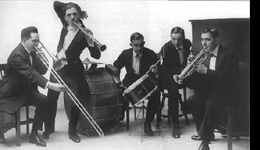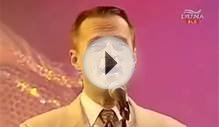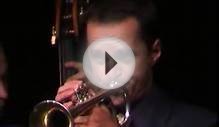
 For a number of his earliest sessions Fuller led a tiny jazz ensemble dubbed on record labels Earl Fuller's known Jazz Band, that was probably created on recommendation of Victor professionals desperate to replicate the prosperity of the very first disc associated with first Dixieland Jass Band, made in belated February of 1917. Due to different grievances, the Original Dixieland Jass Band severed connections with Victor for a year after making its very first record, instead cutting games for Columbia and also the brand new Aeolian- Vocalion label. Fuller's hastily assembled jazz team filled the void, allowing Victor later on in 1917 to fulfill a-sudden need for jazz songs.
For a number of his earliest sessions Fuller led a tiny jazz ensemble dubbed on record labels Earl Fuller's known Jazz Band, that was probably created on recommendation of Victor professionals desperate to replicate the prosperity of the very first disc associated with first Dixieland Jass Band, made in belated February of 1917. Due to different grievances, the Original Dixieland Jass Band severed connections with Victor for a year after making its very first record, instead cutting games for Columbia and also the brand new Aeolian- Vocalion label. Fuller's hastily assembled jazz team filled the void, allowing Victor later on in 1917 to fulfill a-sudden need for jazz songs.
Earl Fuller's Famous Jazz Band included Walter Kahn on cornet, Harry Raderman on trombone, Ted Lewis on clarinet, and John Lucas on drums. It was the nucleus regarding the party orchestra later led by Ted Lewis. Before Fuller's first program, Lewis had been using Arthur rock's Syncopated Orchestra. During the early 1920s, the most popular Ted Lewis orchestra contains these four artists along with cornetist David Klein, trombonist Frank Lhotak, tuba player Harry Barth, and pianist Frank Ross. This is certainly reported on page 21 associated with the October 1923 dilemma of Musical reality, that has been the trade journal when it comes to maker of Conn tools.
Pictures on sheet music recommend Fuller played piano on these times though Ernie Cutting might have been the pianist on documents (as on various other jazz files of duration, piano on Fuller disks could be the minimum audible of tools). It was one of the primary bands to copy the first Dixieland Jass Band although the Frisco Jazz Band made an Edison recording may 10, 1917, only a little prior to when Fuller's jazz ensemble.
"Slippery Hank" and "Yah-De-Dah, " reduce during team's first session on June 4, 1917, were issued on Victor 18321 in September 1917. These jazz performances are notably loud, therefore the performers utilize devices for comic impacts. Victor's September 1917 health supplement says, "a good wail from the trombone begins 'Slippery Hank' (F.H. Losey) on their glide, and also the remaining portion of the Jazz Band noises have been in type. If you think they're all noises designed for a Jazz Band, change the record over and hear 'Yah-De-Dah' (Mel. B. Kaufman). The sounds at the time of your dog in his dying anguish come from Ted Lewis' clarinet. Notice the two little chords after each quantity. This is how you know for several that a Jazz Band is playing." Ending records by using these "two little chords" was indeed introduced because of the Original Dixieland Jass Band.
His jazz disks offered well, specially "The Old gray Mare" backed with "Beale Street Blues" (Victor 18369), and, on Victor 18394, "Coon Band competition" (a cloth composed by trombonist Arthur Pryor and recorded by banjoist Vess L. Ossman as well as Sousa's Band as soon as 1900) reinforced with "Li'l Liza Jane, " published by Countess Ada de Lachau and organized by J.L. Burbeck.
Historian and critic Gunther Schuller expresses blended thoughts towards band at the beginning of Jazz (Oxford University Press, 1968), composing on page 184, "The band's ricky-tick rhythms and cornetist Walter Kahn are particularly challenging simply take today. Furthermore, its shows are structurally monotonous within their specific reps. Nonetheless, the band had a crude kind of excitement..." The now- forgotten disks aided establish and popularize a brand new songs, jazz, affecting young adults who would later, into the 1920s, make crucial recordings.
INTERESTING VIDEO











